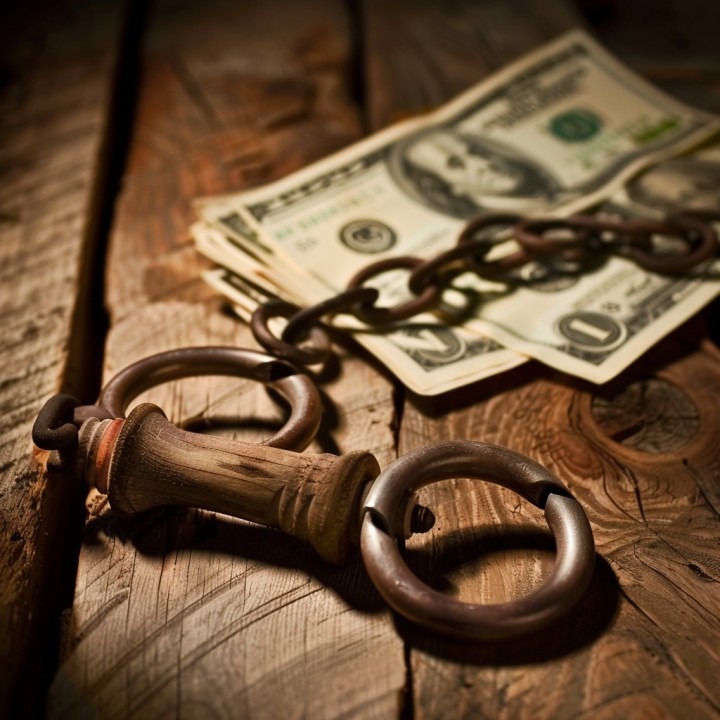Bail Approval and Payment Process
Understanding the Bail Approval and Payment Process: A Guide to Navigating Judicial Procedures
The bail approval and payment process is a critical stage in the judicial system that allows those accused of a crime to remain free while awaiting trial, provided they can meet certain conditions. This article provides a detailed look at how bail is approved and the various methods available for payment, highlighting key steps and considerations for those involved.
Overview of the Bail Approval Process
The bail approval process begins once the bail amount has been set by a judge during a bail hearing. The process involves several steps, from the decision on the amount to the final posting of bail.
1. Determination and Approval of Bail
- Judge’s Decision: After considering the factors involved in the case, such as the nature of the offense and the defendant’s background, the judge sets a bail amount. This decision is crucial as it dictates the financial commitment required for release.
- Approval Conditions: Along with the monetary amount, the judge may impose specific conditions that must be met for the bail to be granted, such as no contact orders or travel restrictions.
2. Communicating the Bail Decision
- Notification: The defendant and their attorney are notified of the bail amount and any associated conditions.
- Understanding Terms: It’s crucial for the defendant to fully understand the terms of their bail to ensure compliance and avoid complications.
Methods of Bail Payment
Bail can be paid through various methods, each with its own procedures and requirements.
1. Cash Bail
- Direct Payment: The full bail amount can be paid in cash, which will be held by the court until the defendant fulfills all court appearances.
- Receipt and Documentation: The court issues a receipt for the bail paid, which is necessary for eventual reimbursement.
2. Bail Bond
- Bail Bondsmen: If the bail amount is too high, a defendant might opt to use a bail bondsman who provides a bond in exchange for a non-refundable premium, typically 10% of the total bail amount.
- Collateral: In some cases, collateral (like property or a vehicle) must be provided to secure the bond.
3. Property Bond
- Using Property: Defendants can sometimes use property as collateral instead of cash. The property’s value must generally be twice the amount of the bail set.
- Legal Assessment: The property is assessed and approved by the court, and liens may be placed as security.
4. Release on Own Recognizance (ROR)
- No Financial Transaction: For minor offenses or when the defendant poses a low risk, the judge may release the individual on their own recognizance without requiring bail payment.
- Compliance Based on Promise: The defendant must sign a written promise to appear at all required court dates.
Completing the Bail Process
Once bail is posted, the defendant is released with the understanding that they will comply with all judicial demands and return for their scheduled court appearances.
1. Monitoring and Compliance
- Ensuring Appearance: Failure to appear at court can lead to the forfeiture of the bail paid, and further legal actions may be taken, including arrest.
- Legal Consequences: Non-compliance with bail conditions can also result in additional charges or revocation of bail.
Conclusión
The bail approval and payment process is designed to balance the defendant’s right to freedom during the trial period with the court’s need to ensure they appear at trial. Understanding this process is essential for defendants and their families to navigate the system effectively and maintain compliance.
Essential Steps for Ensuring a Smooth Bail Process
For those going through the bail process, it is important to understand each step fully and adhere to the conditions set to avoid legal complications and ensure the return of the bail amount.
Frequently Asked Questions
- What happens if you can’t afford the bail amount?
- How do bail bonds work?
- What is the difference between a cash bail and a property bond?
- Can bail conditions be modified after approval?
- What are the consequences of failing to appear in court after bail is posted?






